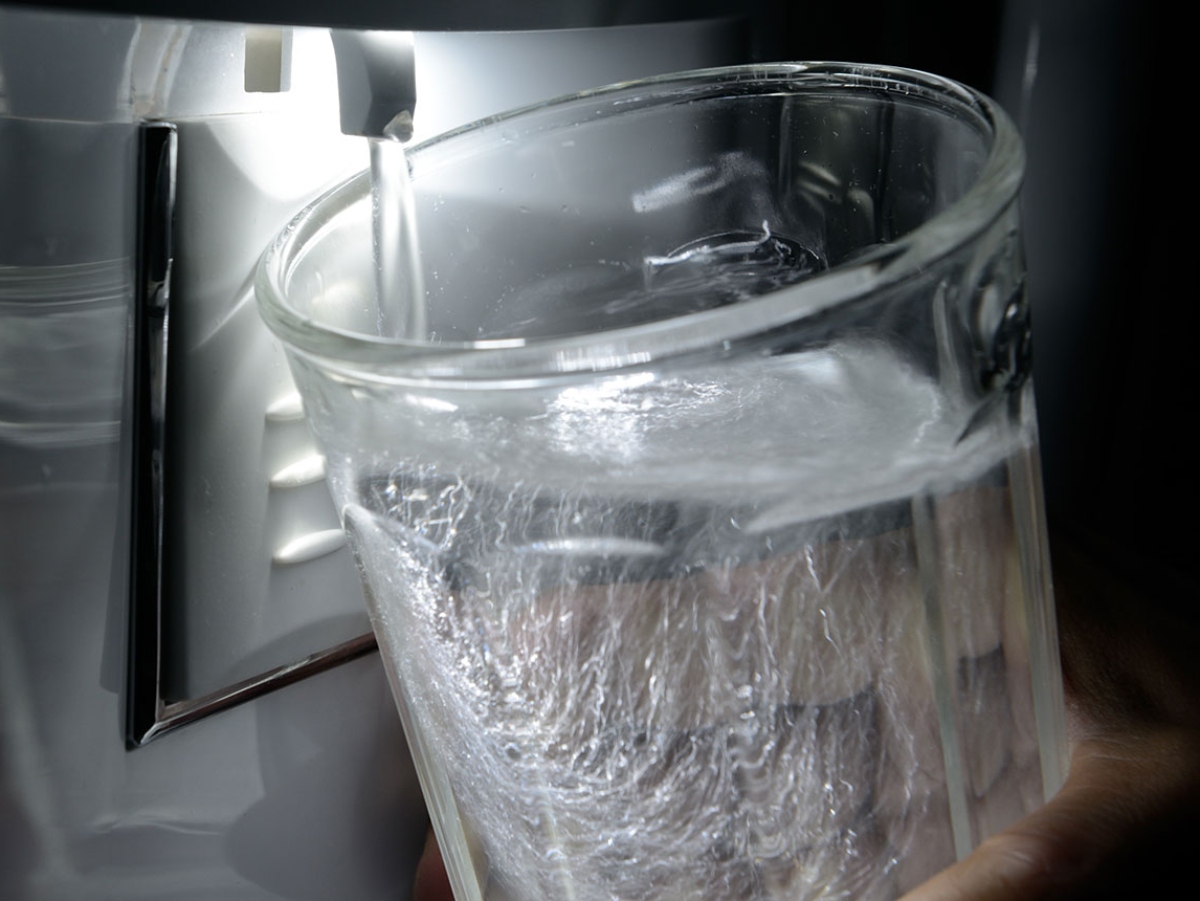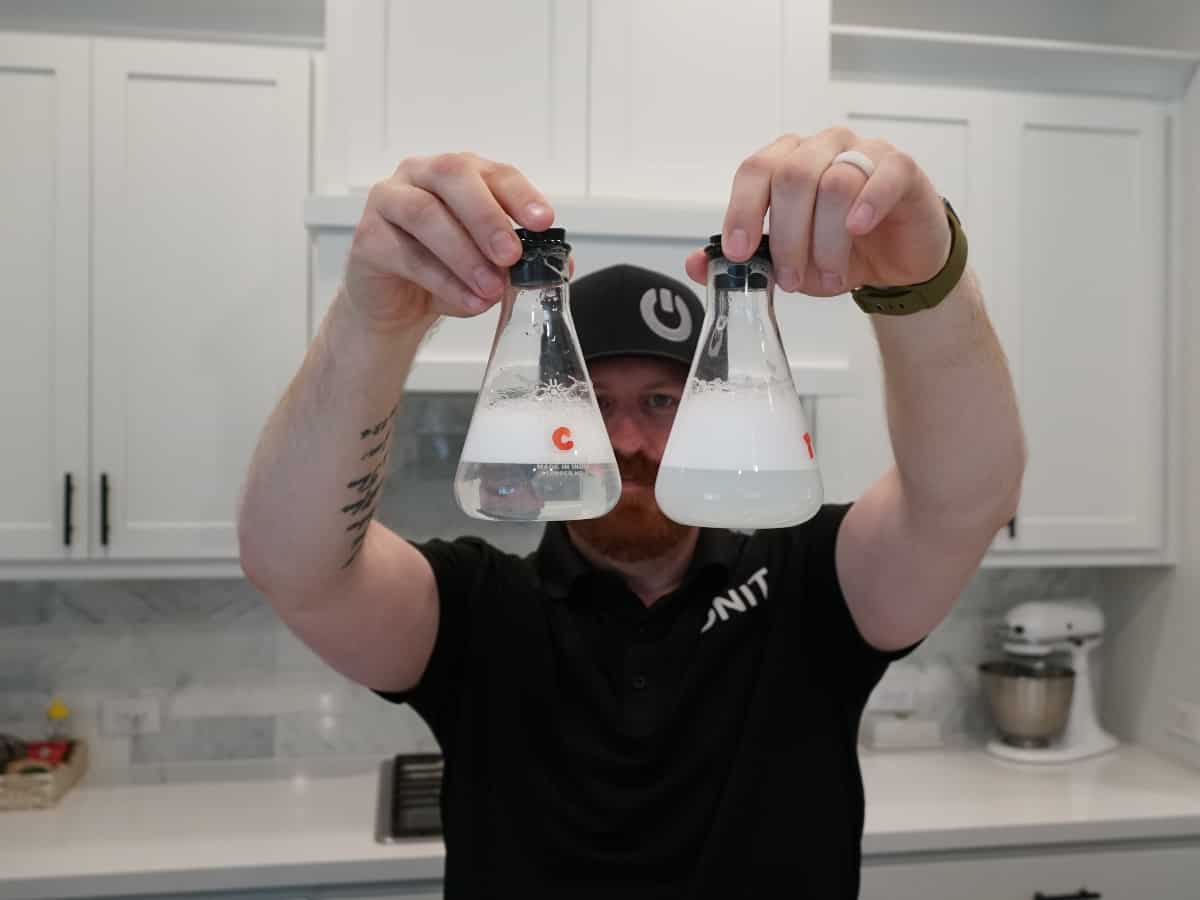Grapevine, Texas: a populous suburb outside Dallas. Grapevine is home to the second largest airport in America: Dallas, Fort Worth International Airport (DFW). With over 47,000 residents and 75 million visitors to DFW Airport every year, you might wonder what the Grapevine water quality is like.
To put it easily, Grapevine water quality is up to legal standards, but it is not healthy. The federal legal limit for contaminants in water are different based on legal precedents set decades ago. Since then, scientists have made advancements in understanding the potential health effects these contaminants cause.
So why haven’t these mandates been changed since implementation? The Environmental Protection Agency (EPA) hasn’t made major advancements or changes to their contamination policies since the enactment in 1974. There are also chemicals in water that’s levels haven’t been updated in over 50 years. The failure that this has caused allows more than 160 unregulated contaminants in our country’s tap water.
The system that was created to ensure tap water safety has failed.

So, the Health Standards Are Below Average: What Now?
That’s where the Environmental Working Group (EWG) comes into play. Their mission is to inform citizens of tap water contamination based on zip codes. Their limits for contaminants is lower than the federal legal limit allows, and even offers additional toxins that the government mandate allows to be present in water. As of 2017, they have collected over 50,000 water samples from each state in the country.
Their samples have shown that when Americans drink a glass of tap water, they’re exposing themselves to a dosage of industrial and or agricultural contaminants. Those contaminants are linked to cancer, development and growth problems in fetuses, brain damage, nervous system damage, hormone disruption and fertility problems.
Some harmful contaminants can come from the natural environment, such as microbial contaminants in soil or metals in rocks. Other harmful contaminants come from human sources, such as fertilizers, pesticides, industrial, and even household wastes.
EWG Guidelines
Knowing that those limits haven’t been updated, EWG works with scientists to create a healthier guideline for water. Their levels based off science don’t cause long term health issues, as compared to the current levels in the federal legal limit. These standards aren’t set or influenced by politicians with an agenda, instead they are carefully reviewed using science, legal standards and health advisors. They are currently on their fourth edition of these guidelines, laying out a no-compromise standard to make sure Americans are receiving safe drinking water. Visit their website to learn more about contaminant levels compared to the national legal mandates.

So Grapevine, Texas – What’s in Your Tap Water?
The following data is provided by EWG Tap Water Database for the City of Grapevine. Per their website, you should note that the “tap water provided was in compliance with federal health-based drinking water standards.” Water standards have not been updated in nearly 21 years and that legal water quality does not necessarily mean safe. In the city of Grapevine, 30 contaminants have been found. Of those 30, 12 exceed the EWG Health Guideline.
- Arsenic is 74 times above EWG’s Health Guideline.
- Bromochloroacetic acid is 359 times above EWG’s Health Guideline.
- Bromodichloromethane is at 253 times above EWG’s Health Guideline.
- Chloroform tested 42 times above EWG’s Health Guideline.
- Dibromoacetic acid is 54 times above EWG’s Health Guideline.
- Dibromochloromethane tested 92 times above EWG’s Health Guideline.
- Dichloroacetic acid is 62 times above EWG’s Health Guideline.
- Haloacetic acids (HAA5) tested 227 times above EWG’s Health Guideline.
- Total trihalomethanes (TTHMs) is at 278 times above EWG’s Health Guideline.

So, What’s the Next Steps Towards Clean Water?
If this list scared you, you’re not alone! The safety of our family and loved ones is important. Living in a country with clean water is a standard we should set for our future generations.
First, you can contact your representatives. They have a say in water quality. This can be your HOA, city hall, and the state legislature. These issues have the ability to go through Congress and land on the desk at the Oval Office. Ask questions and demand answers.
Second, you should get a free water test to understand what is in your tap water system at home. Until you have data, there’s no way to guess what could be present in your water. Your best defense is education, so find out what’s in your water today. You can schedule a free water test with ONIT today through our website or by phone 1-833-433-0331.
Last, you should install a water filtration system. This filtration system will protect your water against harmful contaminants. It leaves you with clean, crisp and fresh water.



